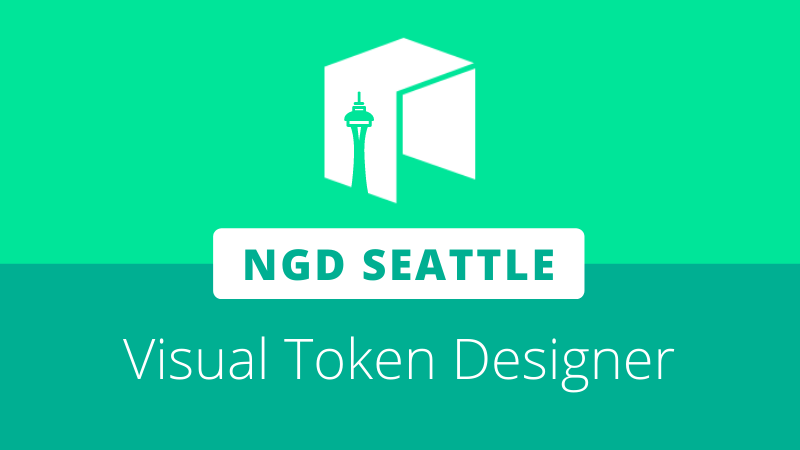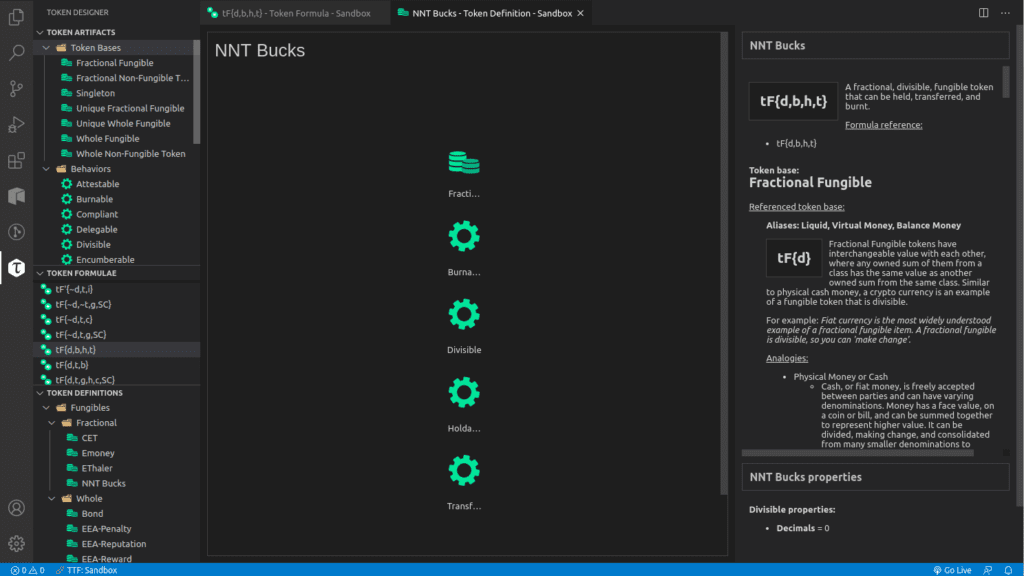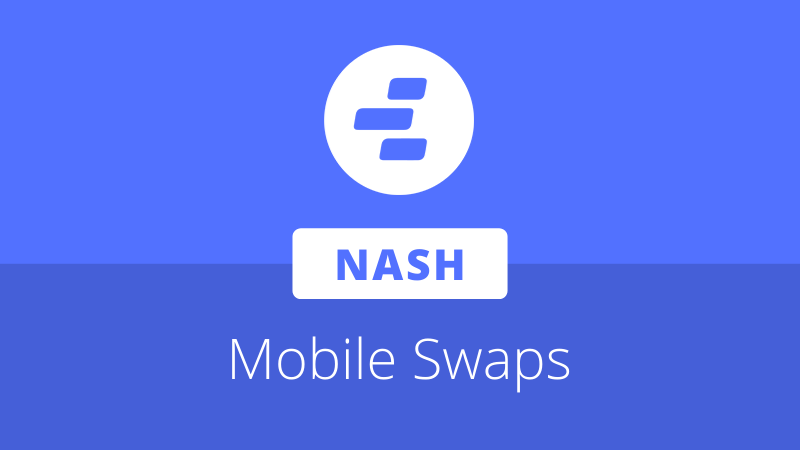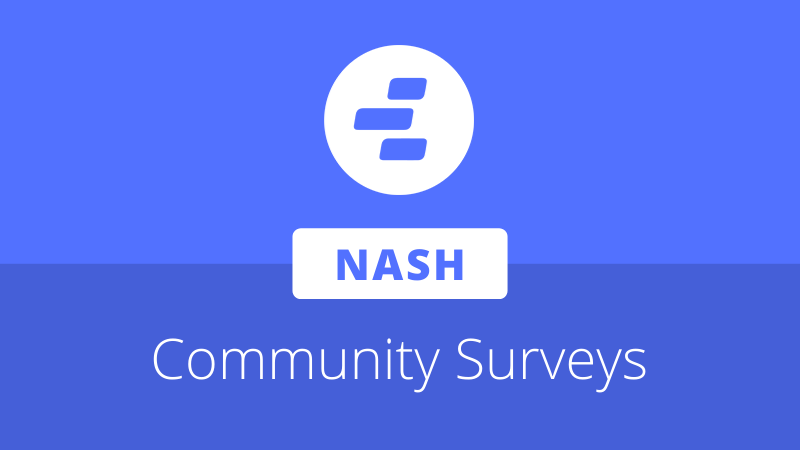
John deVadoss, Neo Global Development (NGD) Seattle’s head of development, recently announced the preview release of the Visual Token Designer on the Visual Studio Marketplace. The tool is designed as an extension for VS Code and is intended to provide a sandbox environment for the creation or modification of artifacts and tokens within the Token Taxonomy Framework (TTF).
The TTF is one of three main initiatives of the recently formed InterWork Alliance, created to provide a standard structure for defining token characteristics and producing platform and language agnostic standards.
NGD Seattle’s Visual Token Designer aims to bring the TTF closer to its intended users—entities such as business executives, regulators, and developers—that will use the TTF to collaborate on new applications and business models based around tokenization.
Token artifacts from the taxonomy can be viewed directly in the Visual Token Designer, acting as an explorer for viewing existing components and a toolkit for creating new ones. Each component in the taxonomy, such as a token type (e.g. “Fractional Fungible”) or behavior (e.g. “Transferable”), is represented as an artifact that can be used as a building block for creating new token specifications.
In the preview release, users can create their own token formula by drag and dropping token bases, behaviors, and property sets from the initial group of artifacts in the taxonomy. An initial token definition can also be generated, with editing functionality for customizing token properties to follow in a future release.
In the example above, a new token formula has been created for a fractional and fungible token with the behaviors Burnable, Divisible, Holdable, and Transferable. To turn it into a complete token specification, a token definition has been created from this formula. In the definition, properties such as the token name “NNT Bucks” can be set, and future releases of the tool will allow behavior properties (such as the degree of divisibility) to be modified.
The Visual Token Designer can also be used as a client to connect to the Taxonomy Service, a gRPC service used for CRUD functions in the taxonomy repository. This means that developers will be able to quickly find and integrate existing token components through the Token Designer, in addition to being able to make their own direct contributions to the taxonomy.
Though the TTF itself is designed to be implementation-agnostic, further releases of the Visual Token Designer will also explore code generation functionality. Artifacts and definitions documented in the token taxonomy may be accompanied with any number of reference implementations, for example in C# or Python for the Neo blockchain or in Solidity for Ethereum, which could be used for this purpose. Alternatively, it could also be possible for code to be generated directly from a token specification alone.
This could eventually make it possible for deployment-ready tokens to be constructed through the Visual Token Designer’s drag-and-drop interface: users could start with an existing formula or build their own token from their required components, define the base properties for their unique token, and then use the code generation engine to create a functional smart contract for their chosen platform.








About The Author: Brett Rhodes
Brett is a blockchain enthusiast and freelance writer who originally began producing content for the gaming & eSports industries. Now he spends most of his time contributing in the Neo ecosystem.
More posts by Brett Rhodes